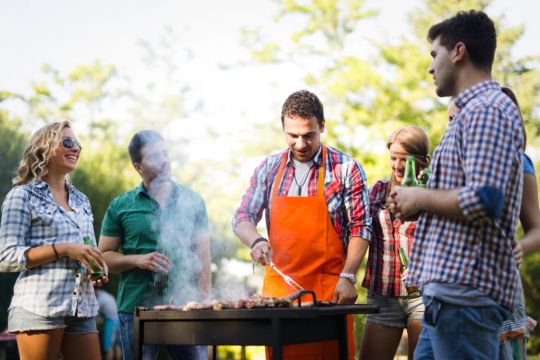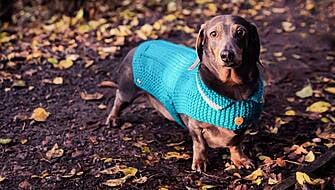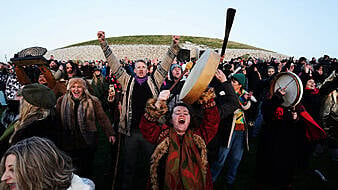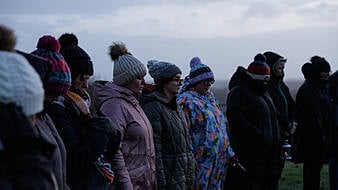BBQs on the lawn, games in the park and outdoor workouts are just a few of summer’s simple pleasures. But if you’ve ever felt dizzy to the point of passing out after a long day of catching rays, you’ll know that too much time in the hot sun can be dangerous – even if you’ve sensibly slathered on enough SPF.
It’s worth knowing the symptoms of heatstroke so if you think you’ve gone beyond heat exhaustion, you’ll know exactly what to do.
What is heatstroke?
“Heatstroke is a progression of milder heat-related symptoms,” says Dr Angela Rai, a GP in London. “It happens when your body’s normal mechanisms for regulating your temperature break down.”
Rai explains there’s a higher risk of heat exhaustion during hot weather and exercise, and it usually isn’t serious if you can get out of the sun and cool down within 30 minutes.
However, heatstroke can quickly develop if you aren’t careful, and Rai stresses that when that does occur, it should be considered a serious, medical emergency.
☀️Take extra measures to ensure you stay safe and avoid heat exhaustion or heatstroke during this hot weather.
Find out how to stay safe in the sun here: https://t.co/yOfi1knQO9 #BeatTheHeat pic.twitter.com/4Q0aCjGqp2— North Central London Integrated Care Board (ICB) (@NHS_NCLICB) August 12, 2020
Advertisement
What are the symptoms?
“Symptoms and signs of heatstroke include a temperature of or above 40 degrees C, fast breathing and shortness of breath,” says Rai, adding it can “also cause confusion, seizures and loss of consciousness.”
“A good rule of thumb is that if you’re still feeling unwell after resting and cooling off for 30 minutes, you should seek medical help,” she notes.
How can you treat heatstroke?
Heat exhaustion should be treated quickly to prevent it turning into heatstroke, and Rai stresses that babies, toddlers, elderly people and those with chronic health conditions are more at risk.
“You’ll likely be dehydrated, so you’ll need to replace electrolytes as well as water. Drink plenty of H20 and other fluids such as sports drinks – especially if you are very physically active. You can buy special oral rehydration sachets for children and adults from pharmacies.”
Skin cancer is the most common type of cancer in Ireland. But most skin cancers can be prevented by being #SunSmart🌤️
Protect your skin from the sun by following the 5 S's:
👕slip on clothing
🧴slop on sunscreen
🤠slap on a wide-brimmed hat
⛱️seek shade
😎slide on sunglasses. pic.twitter.com/aK1W1nLOv5— HSE Ireland (@HSELive) July 16, 2021
She continues: “If you suspect someone is deteriorating with heat exhaustion, try to prevent heatstroke by moving them to a cooler place out of direct sunlight.
“Lie them down and raise their feet slightly. Help them drink water or sports drinks and cool their skin with water using a spray or sponge. It’s very important to stay with them and call the emergency services for help if their symptoms aren’t improving.”
Pharmacist Phil Day stresses: “You should always seek medical help if symptoms such as breathlessness, chest pain, confusion, weakness, dizziness or cramps get worse, or don’t go away.”
How can I prevent heatstroke?
Rai says it’s important to remember it is possible to develop heat exhaustion even when you are not in direct sunlight.
“Keep caffeinated drinks to moderation and avoid alcohol, which dehydrates you and reduces your awareness of the warning symptoms,” she says. “You should also try to avoid strenuous exercise in hot weather, especially between 11am and 3pm, when temperatures are usually highest.”
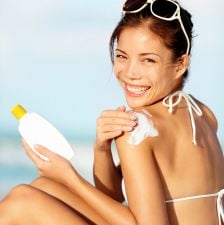
Day advises wearing loose clothes made from natural fibres such as cotton or linen and to take regular cool showers or baths.
If you’re feeling hot, put a damp flannel on the back of your neck, adds Rai, as when the water evaporates from your skin, it will help cool you down.
